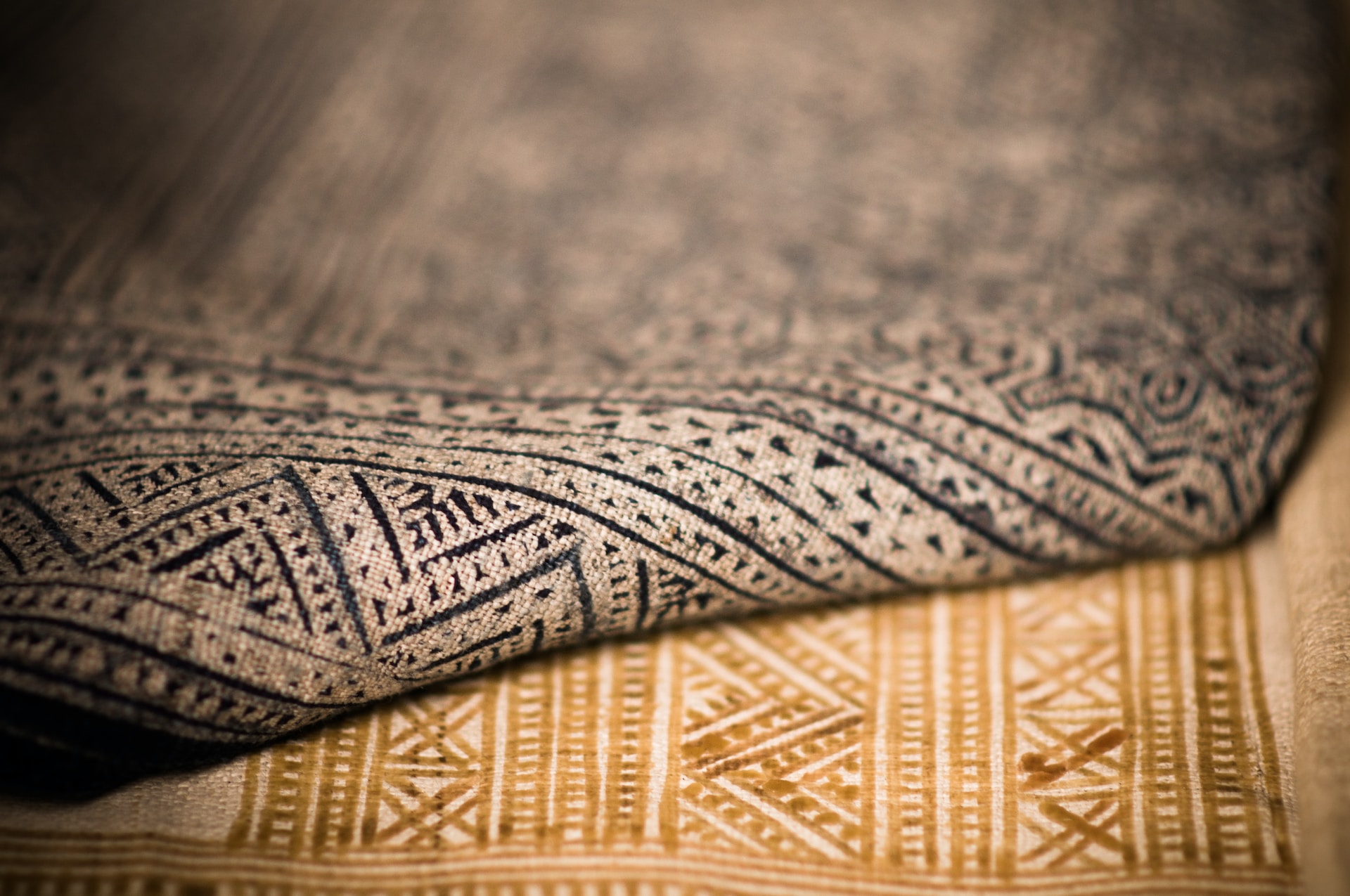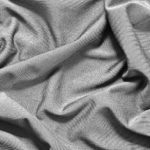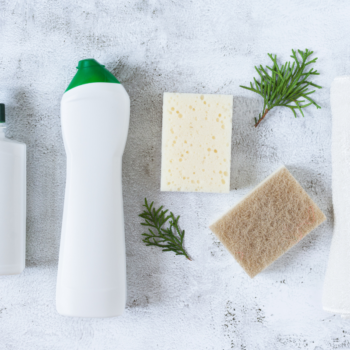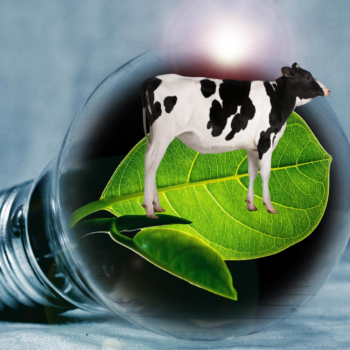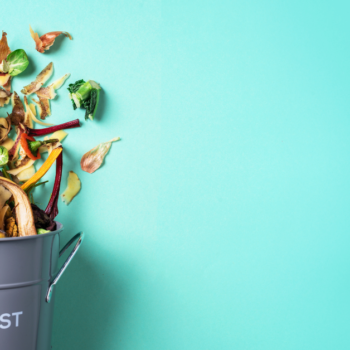|
|
In the ever-evolving world of sustainable fashion, a new player promises to transform our perspectives on eco-friendly textiles. Cupro fabric, with its silky touch and lustrous appeal, is being hailed as the next big thing in the industry.
But is this miracle material truly as green as it claims to be?
Cupro fabric, derived from cotton linter — the fuzzy fiber usually discarded during cotton production — offers a fascinating combination of luxury and sustainability. With its silk-like texture and breathability, it has garnered attention from fashion designers worldwide. However, the question arises: How sustainable is cupro fabric?
This article aims to evaluate cupro fabrics’ credentials as a sustainable textile. Below, we delve into what exactly cupro fabric is, how it’s produced, and the environmental implications of its production and use. If you’re intrigued by this promising material and keen to learn more about its potential to create a greener future for fashion, read on to explore the truth behind the hype.
Key Takeaways
- Cupro fabric, derived from cotton linter waste, provides a sustainable alternative to materials such as silk.
- Cupro is hypoallergenic, durable, and breathable, which makes it suitable for fashion and home decor.
- Cupro’s closed-loop production minimizes waste and reduces environmental impact.
- The fabric’s sustainability is challenged by its energy-intensive manufacturing process and potential non-biodegradable additives.
- Proper care of cupro garments enhances their longevity, extending their eco-friendly potential.
Image source. Cotton linter
What Is Cupro Fabric?
Cupro fabric, often referred to as “vegan silk,” is a regenerated cellulose fiber derived from cotton linter. This linter is the fluffy, almost invisible layer of fibers that clings to the seeds of the cotton plant after ginning. These fibers are usually discarded in the cotton production process, making cupro an innovative way to utilize this waste product.
The result is a fabric that shares many similarities with silk, such as its draping ability and luxurious feel while also being hypoallergenic, breathable, and quite resistant to stretching and shrinking.
However, unlike silk which requires the sacrifice of silkworms, cupro is completely plant-based. Its production involves a closed-loop system, meaning the chemicals used during manufacturing can be extracted and reused, reducing waste and environmental impact. These unique characteristics have propelled cupro into the sustainable fashion spotlight.
What Is Cupro Fabric Used For?
Cupro fabric, thanks to its unique characteristics, finds applications in multiple areas within the fashion industry and beyond. Its silky texture, ability to drape beautifully, and breathability make it a choice material for high-end apparel such as dresses, blouses, suits, and linings. It is often used as a more ethical, vegan-friendly alternative to silk.
Its hypoallergenic nature also makes it an excellent choice for sensitive skin or allergy-prone individuals. As it’s quite resistant to shrinkage and stretching, garments made from cupro maintain their shape and appearance even after repeated wear and washing, which adds to their longevity.
Cupro is also used in the production of home textiles like curtains and upholstery due to its luxurious feel and durable nature. Its heat-resistant properties make it useful in the production of certain industrial materials as well.
Moreover, with consumers becoming increasingly conscious about sustainability, many brands are incorporating cupro into their eco-friendly lines. It’s not uncommon to find this material in sustainable fashion collections, where it’s celebrated for being biodegradable and made from waste that would otherwise be discarded.
The Environmental Impact of Cupro Fabric
When discussing the environmental impact of cupro fabric, it’s essential to consider both its advantages and disadvantages.
On the bright side, cupro fabric provides a novel approach to tackle waste in the cotton industry, as it uses cotton linter — a by-product generally discarded during cotton production. This repurposing of waste helps to add value to what would otherwise be considered useless.
Additionally, the process of producing cupro fabric takes place within a closed-loop system. This means that, whenever possible, the solvents used in manufacturing are captured, recycled, and reused instead of being released into rivers or waterways, thereby reducing pollution and conserving resources. The reuse of these chemicals also decreases the demand for virgin materials, making cupro a more sustainable option compared to many other fabrics.
However, it’s crucial not to overlook the fact that the production of cupro fabric is energy-intensive, especially during the purification stages. The process requires significant amounts of water and electricity. While some manufacturers are working on ways to reduce their energy consumption and switch to renewable sources, this remains an area where improvement is needed.
Furthermore, while cupro itself is biodegradable due to its cellulose base, the additives and dyes used during its production may not be, which can impact the overall environmental footprint of the finished fabric.
To sum up, while cupro fabric has certain admirable sustainability credentials — particularly its innovative use of waste material and its closed-loop production process — there are areas where it can still improve.
Image source. 100% Cupro dress by Eileen Fisher
How to Care for Cupro Fabric?
Caring for cupro fabric requires a mindful approach to ensure the longevity and integrity of the material. Despite its durability, it’s crucial to follow specific guidelines when washing cupro.
- Read the label. Always start by checking the care label on your garment. Manufacturers often provide specific cleaning instructions that are best suited to the garment’s design and construction.
- Machine wash. Generally, cupro fabrics can be machine washed in cold water on a gentle cycle with a mild detergent. Avoid using bleach as it can damage the fibers.
- Hand washing. For delicate cupro garments or those embellished with detailing, hand washing may be safer. Fill a basin with cold water and add a gentle detergent. Immerse your garment, gently swishing it around. Rinse thoroughly, ensuring all soap is removed.
- Drying. Cupro fabrics should ideally be air-dried flat, away from direct sunlight or heat sources, which can cause discoloration or damage. Avoid wringing the fabric, as this can distort its shape.
- Ironing. If necessary, iron cupro fabric using a low setting while the garment is still slightly damp. Always iron inside out to protect the fabric’s sheen.
- Professional cleaning. For tough stains or when in doubt, consider professional cleaning services.
Remember that proper care extends the life of your garments while also minimizing environmental impact. With careful handling, your cupro pieces can remain luxurious and lasting additions to your wardrobe.
Final Thoughts
Cupro fabric, hailed as the new sustainable textile, offers quality and eco-friendliness. This fabric, derived from usually discarded cotton linter, is utilized across fashion and home decor thanks to t its silk-like texture and durability. Additionally, a closed-loop manufacturing process allows the recycling of chemicals, reducing waste and environmental impact.
However, the energy-intensive production process and potential non-biodegradability of additives used pose sustainability challenges. While cupro presents a promising step toward sustainable fashion, areas for improvement remain, underscoring the importance of ongoing innovation in the field.
